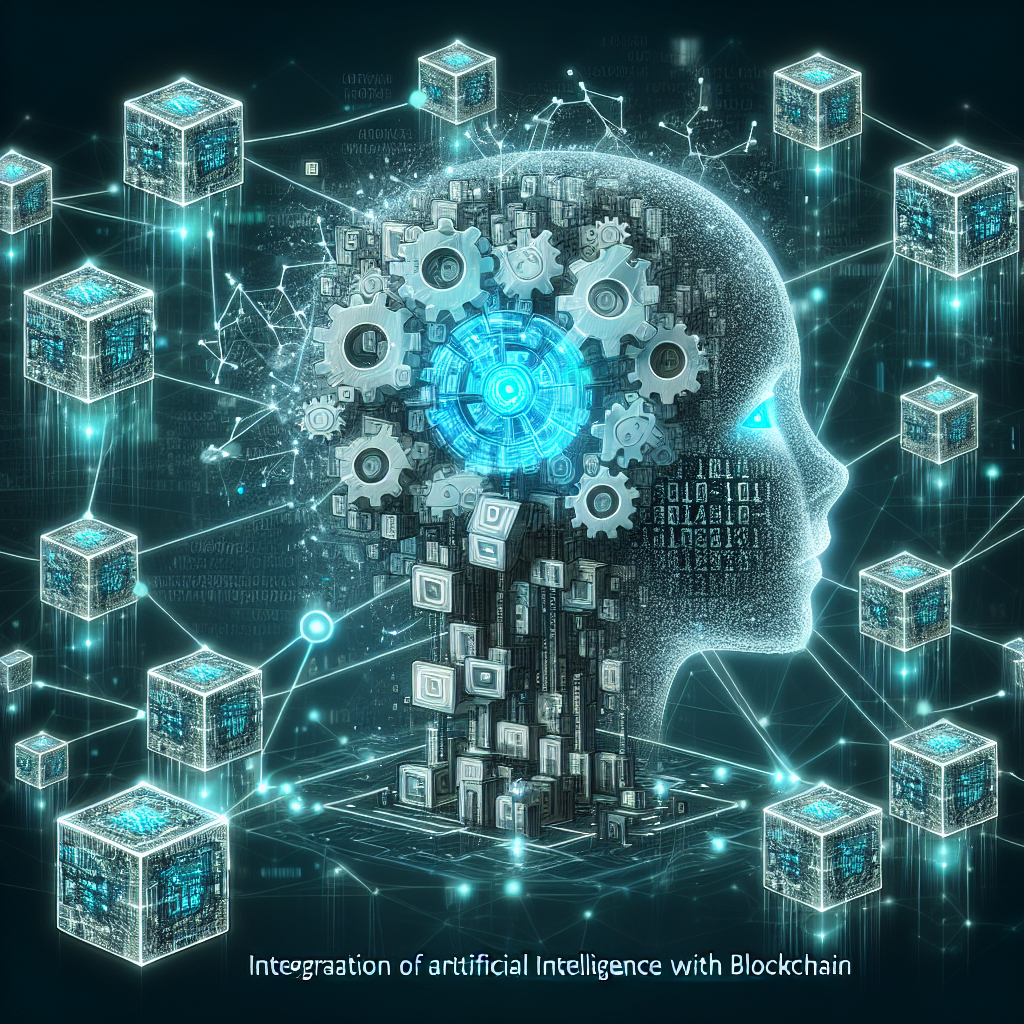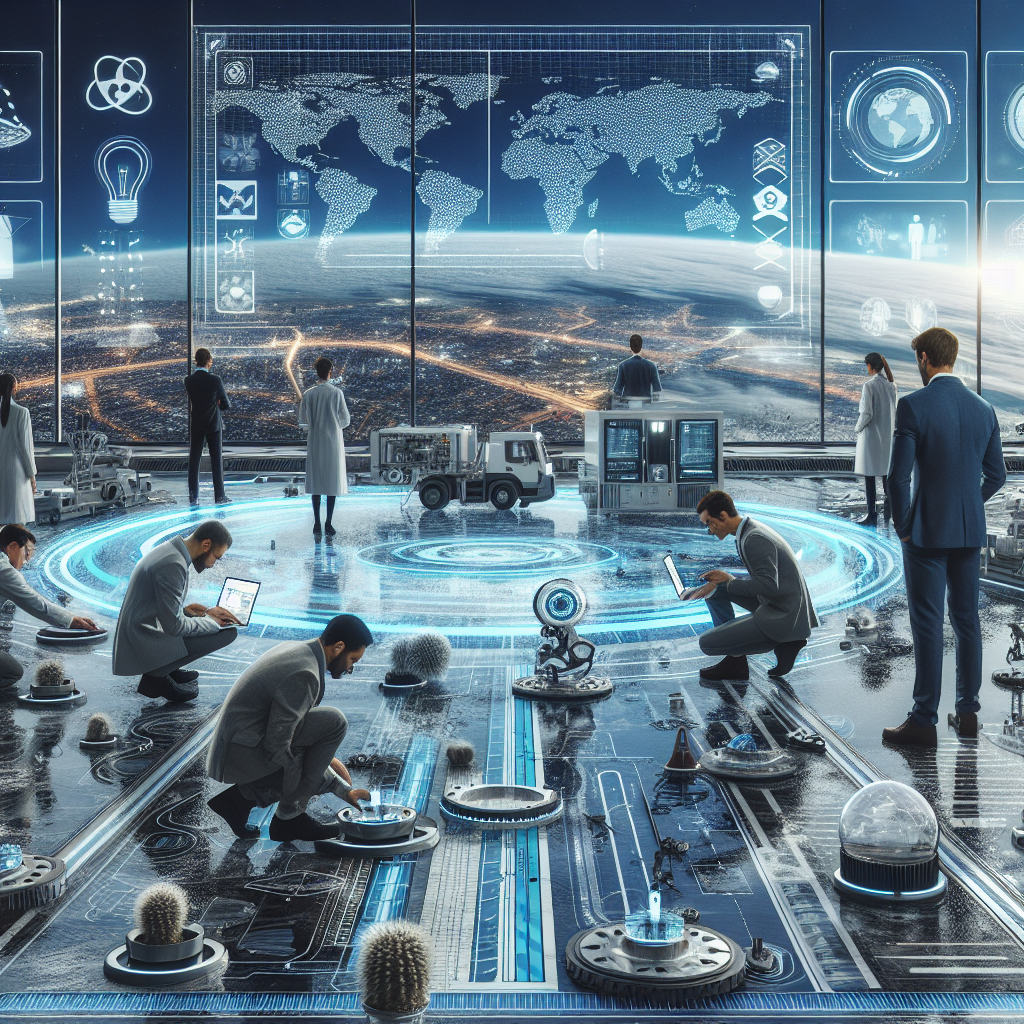Introduction: The Rising Importance of Slip and Fall Prevention
Slips, trips, and falls are more than just minor accidents; they are a leading cause of injury in homes and workplaces worldwide. As businesses and individuals become increasingly concerned with safety and liability, technology is stepping in to transform how we prevent and respond to these incidents. With smart sensors, AI-powered surveillance, and data analytics, the future of slip and fall safety is not just safer—it’s smarter.
Understanding the Slip and Fall Problem
According to the World Health Organization, falls are the second leading cause of unintentional injury deaths globally. In commercial settings, these accidents are also one of the most common reasons for insurance claims and employee downtime. The financial and physical consequences underscore the need for innovative, technology-driven solutions.
Traditional Prevention Measures
Before the integration of modern technology, slip and fall prevention relied heavily on:
- Warning signs and floor mats
- Regular cleaning and floor maintenance schedules
- Employee training for hazard recognition
While these methods are still important, they are reactive rather than proactive. Today’s advancements bring a predictive and preventative edge to safety management.
Smart Technology Meets Safety: Key Innovations
As we advance into a more connected world, emerging technologies are pioneering a new era of safety innovation. Let’s explore the top trends reshaping slip and fall safety.
1. Smart Flooring Systems
Intelligent flooring is revolutionizing indoor safety. With embedded pressure sensors and micro-movement detection, these smart surfaces can:
- Detect unusual foot patterns indicating a potential fall
- Send real-time alerts to onsite managers
- Monitor long-term movement patterns to identify high-risk areas
These systems are particularly beneficial in hospitals, elder-care facilities, and industrial environments where the risk of falls is higher.
2. AI-Powered Surveillance Cameras
Modern surveillance systems go far beyond simply recording video. AI-enabled security cameras can now identify:
- Wet or slippery surfaces
- Obstructed walking paths
- Unusual body movement or stumbling
By using computer vision, these systems can detect a fall the moment it happens—or even prevent it by alerting staff to a hazard before someone gets hurt.
3. Wearable Safety Tech
Wearables like smartwatches and sensor-equipped shoes can monitor gait, posture, and sudden movements. When integrated with cloud-based health platforms, these tools offer:
- Early warnings of instability or fatigue
- Instant fall detection and emergency alerts
- Data logs for occupational health assessments
This tech is especially helpful for aging populations and workers in physically demanding roles.
4. Predictive Analytics and Machine Learning
By analyzing historical data, predictive analytics platforms can identify trends and flag potential problem areas before a fall ever occurs. These systems can process:
- Incident reports over time
- Sensor data from smart flooring and surveillance
- Environmental conditions like weather or lighting
Propelled by machine learning, these tools become more accurate with every data point they process, enabling organizations to make data-driven safety enhancements.
5. Augmented Reality (AR) Training Simulations
AR is being used to create immersive, real-world safety training environments. Instead of theoretical knowledge, employees can now:
- Practice identifying hazards in simulated environments
- Learn responsive actions in case of a fall
- Develop hazard-prevention strategies based on real-world scenarios
This dynamic style of training improves engagement, knowledge retention, and readiness in the face of hazards.
Smart Homes and Residential Applications
It’s not just the workplace that’s benefitting. In residential settings, smart home technology is playing a crucial role in keeping families safe:
- Smart lighting systems illuminate walkways automatically
- Motion sensors detect unusual nighttime activity
- Voice assistants can call for help if a fall is detected
Smart home ecosystems like Google Home, Amazon Alexa, and Apple HomeKit are now being integrated with fall-detection devices to provide real-time alerts to caregivers or emergency responders.
Benefits for Businesses and Individuals
The integration of slip and fall prevention technology offers a diverse range of benefits for businesses and individuals alike:
For Businesses:
- Reduced insurance premiums due to risk mitigation
- Lower workplace injury rates and absenteeism
- Improved compliance with health and safety regulations
For Individuals:
- Increased autonomy for seniors and people with disabilities
- Heightened awareness of environmental risks
- Faster response times in emergency situations
Challenges and Considerations
While technology offers remarkable solutions, it’s not without challenges:
- Privacy concerns: Especially around surveillance and data sharing
- Upfront costs: Some solutions require significant initial investment
- Integration issues: Not all systems work seamlessly together
That said, ongoing advancements are reducing costs and improving interoperability across various safety technology platforms.
The Future of Fall Safety Is Now
Technology is transforming slip and fall safety from a reactive construct into a proactive ecosystem. As these innovations become more affordable and widespread, we can expect fewer injuries, lower business costs, and safer environments for everyone.
Businesses and individuals alike have an opportunity—and responsibility—to embrace these tools for a safer future. Whether you manage a workplace, own a home, or care for a loved one, technology is offering smart solutions to protect lives, one step at a time.



Leave a Reply